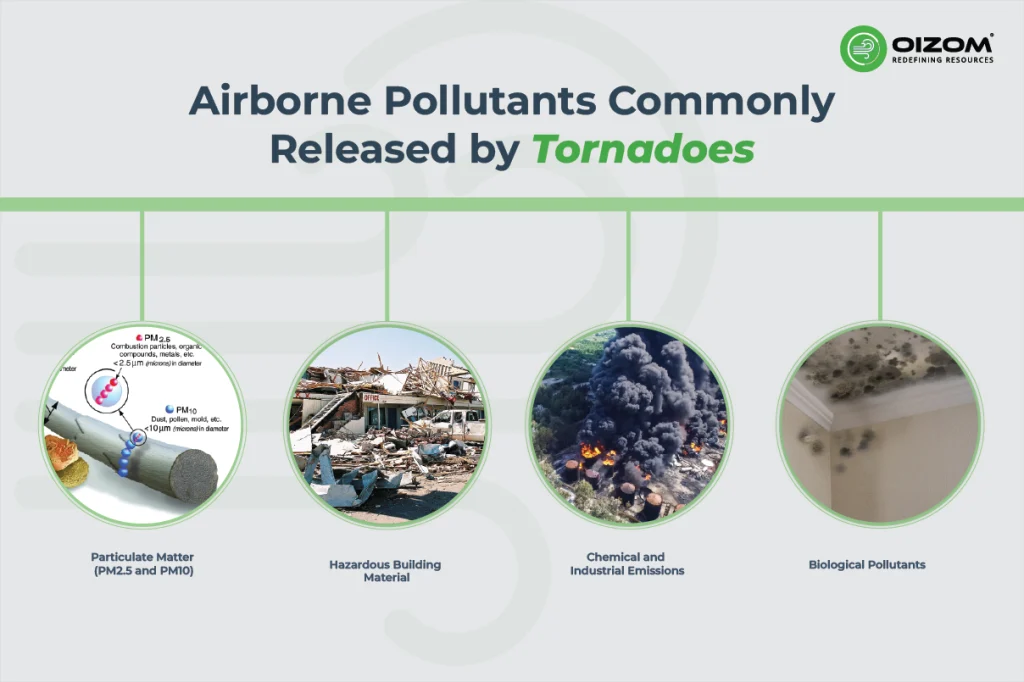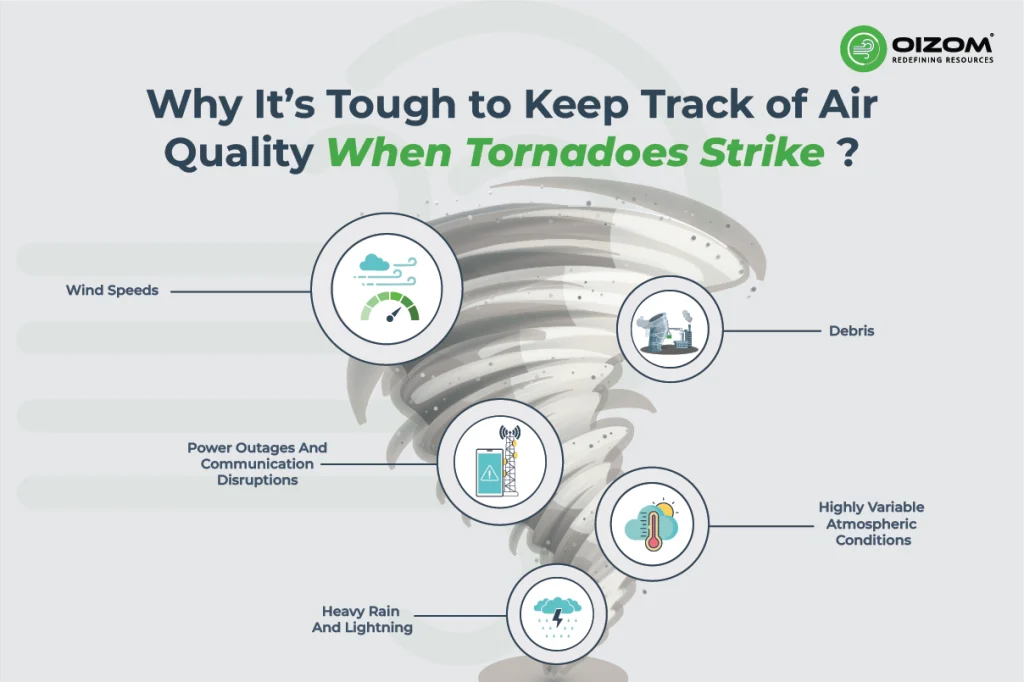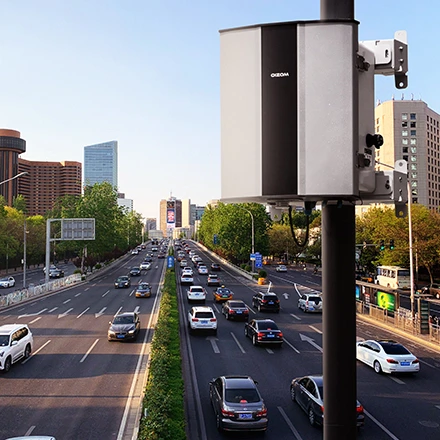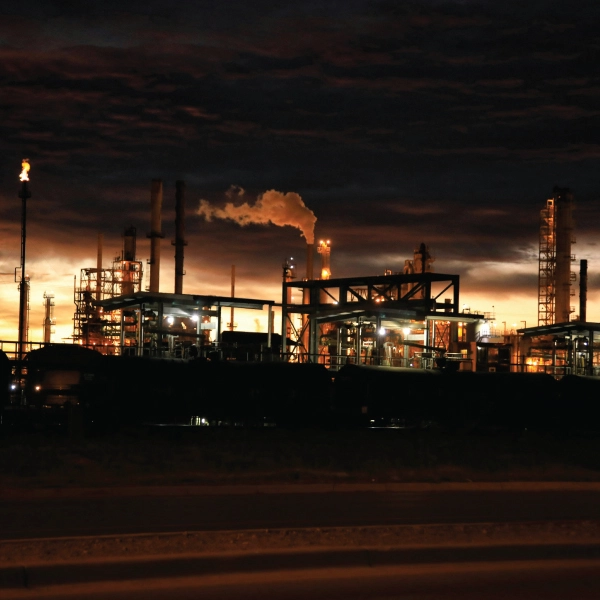Summary
Tornadoes do not just affect landscapes, but tear apart the air itself. When tornadoes blow buildings, automobiles, and vegetation apart, they unleash a concealed plume of air pollutants, including asbestos from old insulation, VOCs from ruptured chemical storage, and fine suspended matter from the debris. These pollutants do not just generate physical chaos; they create an invisible environmental legacy and persist in the atmosphere long after the storm has passed.
Measuring this variable air quality presents a challenge to scientists. Widespread power outages, communication interruptions to monitoring stations, and turbulent winds often leave towns and entire regions as data blind spots. This is where innovative air quality monitoring systems come to the rescue. They are lightweight, self-assisted, and capable of disseminating real-time air quality data. The air quality monitoring assists in earlier detection of pollutants and also in determining the extent of pollutant dispersion from storm debris. In these scenarios, often where every breath matters, it is the difference between measuring the “unseen.”
What are the Potential Impacts of a Tornado on Air Quality?
When thinking about tornadoes, we think of destroyed houses and alarming sirens, but what about the air left in the wake? Tornadoes create an invisible storm of their own that lasts in the atmosphere long after the winds subside. In addition to physical destruction, tornadoes can pick up tons of dust, debris, and chemicals, creating pollution levels comparable to those found in some of the most industrialized areas worldwide. In disasters like the 2011 Joplin tornado, researchers recorded violent spikes in airborne particulate matter and toxic gases immediately after the event. Understanding how tornadoes change the air we breathe is important for communities to prepare smart, recover fast, and reduce risk in the build back better process, especially if we can integrate real-time monitoring technologies.
What Happens to Air Quality During and After a Tornado?
Tornadoes not only destroy buildings; they also disrupt the air. As they move in, the damaging winds mix dust, soil, and debris into the air, exponentially increasing particulate matter levels, which results in thick, hazy air. After the tornado passes, the air may remain poor. Damaged factories, fuel tanks, and buildings can leak chemicals or other harmful particles, including asbestos. Additionally, fine particulates and mold from residences can remain in the air for days after the visible dust has settled.
This is where real-time air quality monitoring comes in. It helps identify pollution spikes, track hazardous chemicals, and inform safe response and recovery planning for both responders and community members returning to affected areas.
Airborne Pollutants Commonly Released by Tornadoes
When tornadoes occur, they release a variety of airborne pollutants, some of which are visible and many of which are invisible. The mix of pollutants will depend on what the tornado hits; homes, farms, factories, and fuel stores will all contribute to the pollutants. Here are some of the most common pollutants from tornadoes:

1. Particulate Matter (PM2.5 and PM10)
Tornadoes stir significant levels of dust, soil, and debris into the air. As buildings, roads, and other structures are torn down, fine particulate matter becomes airborne, resulting in pollution levels that are often comparable to urban smog events. These fine particles can remain suspended in the air for hours and travel several miles outside the storm’s path.
2. Hazardous Building Material
Collapsed structures will release hazardous building materials, such as asbestos from insulation, fiberglass, silica dust, and lead from paint or piping. Following the 2011 Joplin tornado, cleanup crews discovered elevated levels of asbestos in debris, highlighting how building materials can become invisible health hazards.
3. Chemical and Industrial Emissions
When storms pass through an industrial area, fuel station, or chemical plant, volatile organic compounds (VOCs), sulfur dioxide (SO2), carbon monoxide (CO), nitrogen oxides (NOx), and other potentially toxic gases are released into the air. Additionally, damaged storage tanks or pipelines can leak petroleum products or solvents into the air, thereby increasing air pollution.
4. Biological Pollutants
Intense rain and household damage can lead to mold growth, and broken sewer lines can release disease-causing microbes into the air. These biological contaminants may not circulate great distances, but they can significantly degrade indoor air quality for people returning home after a storm.
These contaminants rarely exist in isolation: they react, disperse, and persist in the environment due to humidity and wind conditions. This demonstrates the importance of timely air quality monitoring post-event in defining chemical hotspot areas, assessing exposure levels, and ensuring safety during cleanup.
How Air Quality Monitoring Makes a Difference After Tornadoes?
Following a tornado, air quality can change from poor to bad in a matter of minutes, especially when debris, chemicals, and dust mix, predictably. Continuous ambient air quality monitoring is an invaluable tool in disaster response and recovery.
By deploying real-time monitoring systems, local authorities and first responders will be immediately alerted to pollutant spikes after the storm. This information outlines contaminated hotspots, exposure risks, and safe entry points for residents and responders entering the area to initiate cleanup operations.
Advanced monitoring solutions, such as Oizom, can be easily deployed and installed throughout affected communities. The sensors can operate in severe weather conditions and continuously deliver live data to a centralized platform, enabling operations staff to make real-time decisions. This will assist responders in identifying toxic hazards, mitigating dust movement, and providing public health advisories during prolonged cleanup operations.
Ultimately, air quality monitoring will help support community recovery after a disaster. Archived data will help environmental organizations determine the direct patterns of pollution from the storm throughout the region and plan better mitigation strategies to address similar storms in the future.
Health Concerns Linked to Tornado-Related Air Pollution
Even after a tornado passes, the air can remain highly polluted. The fine dust and debris carried up by the storm often carry microscopic particles (PM₂.₅ and PM₁₀) that irritate the lungs and cause breathing issues. Damaged industrial sites and households may release toxic gases and VOCs like benzene and formaldehyde, which can result in headaches, dizziness, and nausea. Older buildings pose greater risks; collapsing walls may release asbestos fibers or lead dust, both associated with severe chronic diseases, including lung and neurological damage. As cleanup begins, moist conditions can fuel mold growth, which affects indoor air quality and increases allergies or asthma. Since many of these pollutants are invisible and persistent, real-time air quality monitoring becomes crucial for identifying hidden hazards early and protecting public health during recovery.
Why It’s Tough to Keep Track of Air Quality When Tornadoes Strike?

Measuring air quality during a tornado is among the most challenging activities an environmental team can undertake. Wind speeds, rapidly changing pressures, and debris can all bring down instruments. Power outages and communication disruptions may halt data transmission and create significant gaps in air quality readings, just when they are needed the most.
Actively measuring air properties is also complicated because of the highly variable atmospheric conditions that tornadoes produce. Pollutants that are concentrated near the surface one moment can be carried hundreds of miles away by high velocity wind. Heavy rain and lightning often eliminate real-time signatures. It can be difficult to separate natural dust, storm debris, and real chemical contamination.
Even sophisticated monitoring networks struggle to maintain continuity during these chaotic conditions. This is why resilient and portable systems are of great value in these situations. Battery-operated air monitors or compact systems are critical in supporting air quality readings when conditions stabilize following a storm. These monitoring systems can be immediately brought into a storm-affected area to restore data flow and assess actual exposure after weather and environmental conditions stabilize.
Conclusion: Why Monitoring Air Quality After Tornadoes Saves Lives
Tornadoes may only last for a few minutes, but their aftermath can impact air quality for days. The effect may have blown down some industrial fences, and chemicals may have leaked. Additionally, there may be hidden risks associated with mold. The post-storm air will contain hazardous particulates, posing a risk. Air quality monitoring is essential in the recovery phase, not only for scientific reasons but also to provide responders with real-time data to understand toxic hotspots, determine the best areas for cleanup, and assess whether it is safe for residents to return home.
Extreme weather events are becoming increasingly frequent, and the need for smart air monitoring systems to be integrated into disaster management systems is no longer a choice, but a necessity. Tools such as Oizom’s Polludrone Smart can provide communities with the clarity they need when air quality becomes unpredictable. Because after every storm, knowing your air is the first step toward rebuilding safely.
FAQs
Tornadoes stir up massive amounts of dust, debris, and chemicals, causing sudden spikes in air pollution and making the air unsafe to breathe.
Debris, asbestos, lead dust, VOCs, and fine particulate matter are commonly released from damaged buildings, vehicles, and industrial sites.
It helps detect hidden pollutants, guide safe cleanup efforts, and protect public health during recovery.
- When older buildings are torn apart, asbestos insulation and materials break down, releasing microscopic fibers that become airborne.






